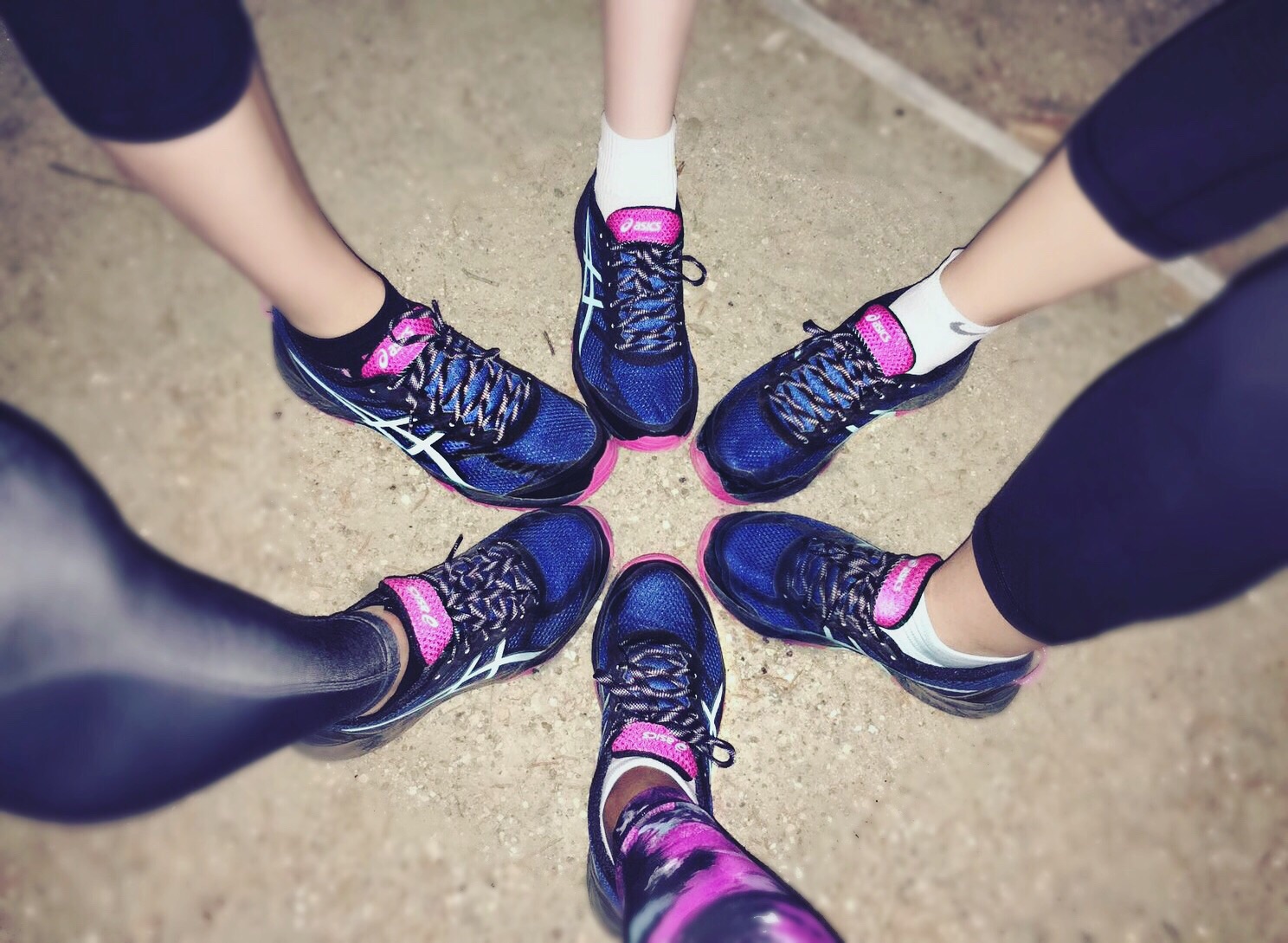Sal's top 5 tips for upping your running shoe game!

Words by Sally Child photo courtesy of the Coastwreckers 2017
There’s nothing better than taking a brand new pair of running shoes for a spin. It’s amazing how an update can make you feel fitter, faster and more motivated! Choosing the right shoe can be a daunting task, particularly when you have only just started or are resuming a running program after a long break.
Here are my top 5 tips for purchasing new running shoes:
-
Unless you have worn a shoe before you need to try it on for size. Sizing can vary significantly from brand to brand so don’t get caught out purchasing something online that you haven’t worn before. Models within a brand can also change so it’s always best to check that the shoe you have been wearing matches up with the new model. Many brands have recently switched to seamless uppers and this can alter the sizing by a half to full size (ie. you will need to go up in size). A thumbs width between your longest toe and the end of the shoe is a good guide when fitting.
-
As a general rule running shoes should be replaced around the 600 - 800 km mark. This will of course vary depending on the shoe model, the surface it’s being used on and the person using it (body weight and biomechanics). It’s a good idea to keep a track of your mileage or date the shoes when you purchase them in order to have an idea of when they will need replacing. Here's a hint: for those people training for long distance events such as the marathon it’s worth considering having two pairs of shoes on the go. These may be the same or you might like to mix it up and have a lighter pair for shorter sessions and more supportive pair for the long runs.
-
There are many different types of running shoes but most will fall into one of two categories, “stable” or “neutral”. Stable or motion control running shoes are typically for those runners whose feet pronate (roll in) and are made from a dual density midsole to improve medial support. Neutral or cushioned running shoes are designed for supinated (roll out) foot types. If you wear foot orthoses the style of shoe may need to change in order to reflect the support already being provided. If in doubt, consider seeing a Podiatrist or visiting a speciality running shoe shop to help you.
-
Ensuring that your shoe is appropriate for the type of running you will be doing is incredibly important. Lighter and more minimalist style running shoes can be great for faster, feel good sessions but when it comes to the long runs may not provide you with the support you need. As your body starts to fatigue running biomechanics can change dramatically and put you at greater risk of injury. If you enjoy running off-road your shoes will require better traction and stability and therefore purchasing a trail style shoe should be considered.
-
Finally, it is worth spending the extra dollars on a good pair of running shoes but only to a point. If the shoe is the wrong style or model for you it won’t matter how much you have spent. It is always worth trying a few models on in different brands and basing your decision firstly on fit/comfort and secondly on price. If you find your shoes on sale certainly buy an extra pair but remember that running shoes have a shelf life of approximately 2 years (regardless of use).


